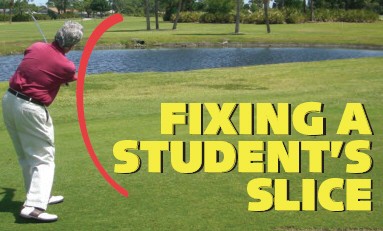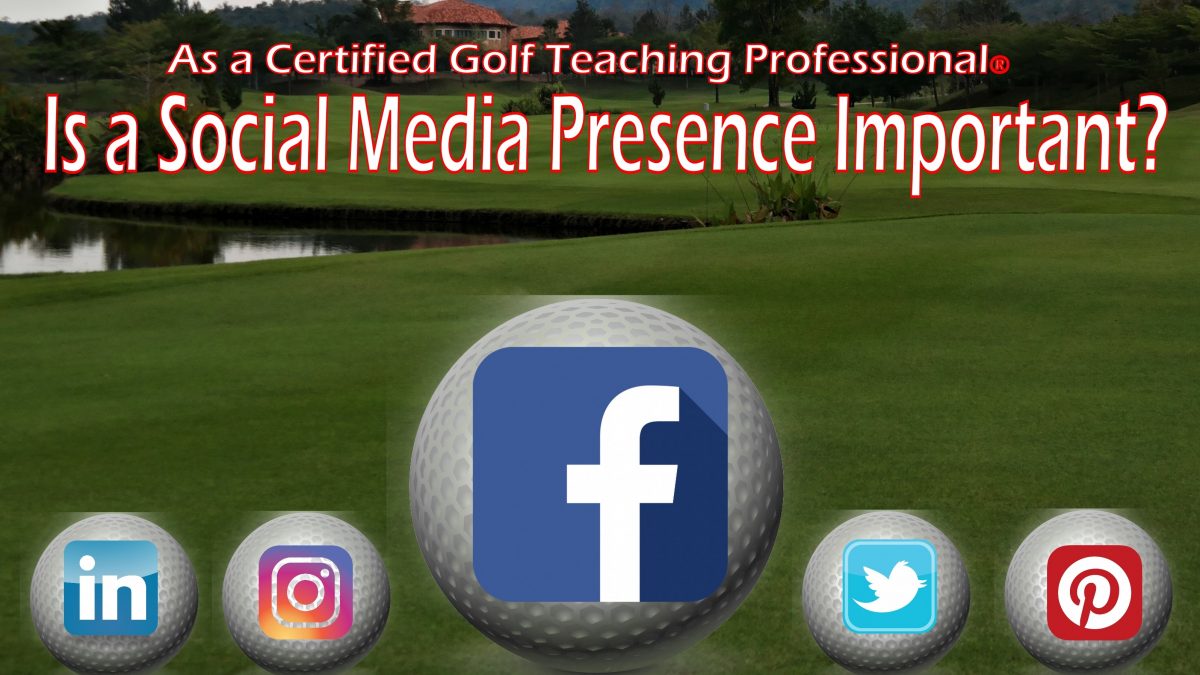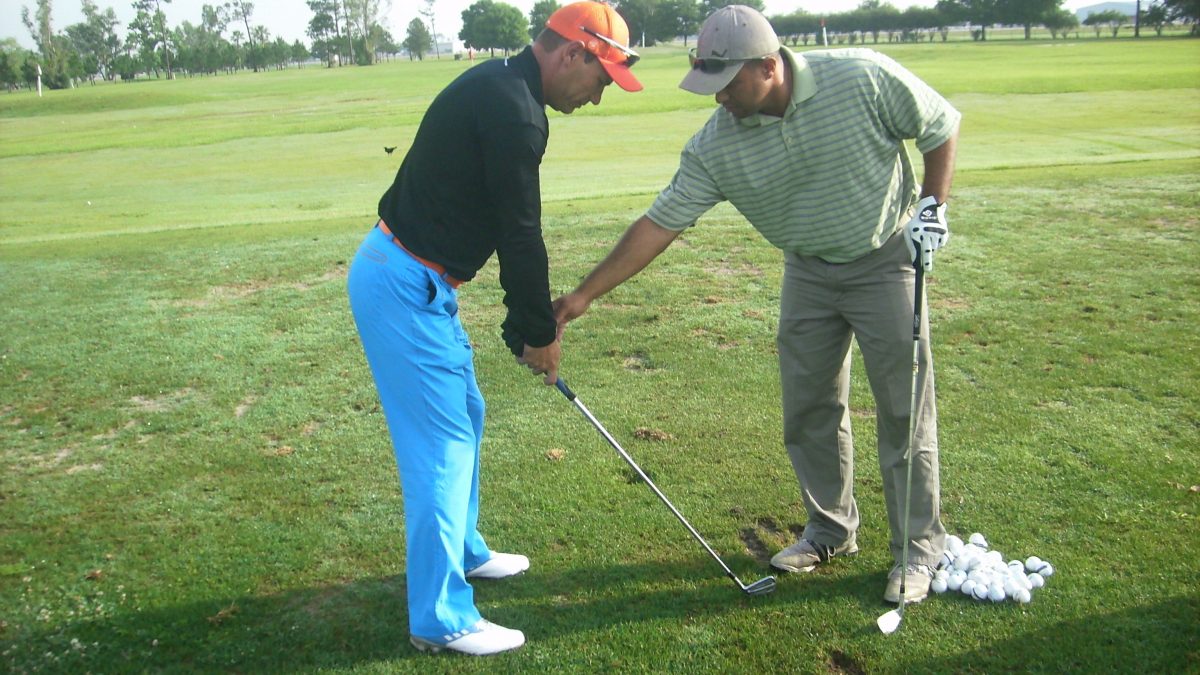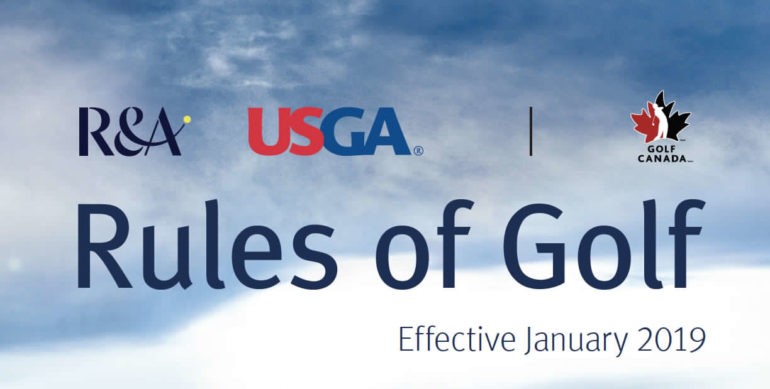Do I Need A Website As A Certified Golf Teaching Professional®?
Do you need a website? For most golf teaching professionals that operate independently, the answer is typically a resounding yes, although there are a few exceptions that I will address shortly. On the other side of the coin are the golf teaching professionals who are employees of a golf club or golf school who may or may not have the responsibility of bringing students into the business. As we move forward, I will address the variables of these scenarios.
If you are responsible for sourcing your students/customers, you must keep in mind that in this day and age, if a person is looking for goods and/or services, the first place they turn to is the internet. The most common place for them to start their search is to “Google” their query. If you don’t stand out in the search results, you won’t be found, and they will contact the business/person that has a website that answers their basic questions and validates the sought-after qualifications. Others might do their search on social media platforms, looking for golf teachers, golf Instructors or golf schools etc. For most, your website is the face of your business, and often your one moment to convince a potential new customer/student to take an action with your business. It doesn’t matter if you are an individual giving private lessons, a golf school/teaching facility, or a driving range; this is often your one opportunity to show off who you are, what you do and to present your qualifications. Having a professionally designed website that provides potential customers/students with the answers that they seek can give you a competitive advantage in your market niche.
Scenarios
I am an employee at a golf club working as a golf teaching professional
• If your employer does the marketing and provides the students, then the simple answer here is no (website not needed). The only reason you would want to establish a website is if you are wanting to augment your employer’s marketing efforts and to build your own personal reputation/following as a golf teaching professional.
• If you are an employee but have the responsibility of recruiting students, then the answer could be yes, but only if your employer doesn’t have a website for the business. If they have a website and you need to help with recruiting, they could add a “landing page” to their existing website that you can use for recruitment relative to your services. You could drive traffic to that landing page through social media (see my previous article, “Which Social Platform should I use?)
I am and independent golf teaching professional that provides private and/or group lessons
With this scenario the answer is most likely yes, with a couple of exceptions.
• I already have a large following and my teaching schedule is always fully booked! (Website not needed.)
• I have a Facebook business page with a substantial following where I have a reasonable level of success with recruiting new students, but my teaching calendar still has openings! In this scenario, you could set up a targeted Facebook ads campaign to recruit students from your geographical area, which is a well-proven and cost-effective marketing strategy. You could direct respondents from your Facebook ads to call you, although the ideal strategy would be to direct them to a website where they can learn more about you and your services. (Website recommended but not absolutely necessary.)
• I am just getting started and need to build a solid student/clientele base! (Website is needed.)
I have a physical business location that I own/operate (driving range with teaching services, indoor teaching facility with or without a pro-shop, golf school, etc.)
With this particular scenario, the answer is a resounding yes. It would be a great challenge to build a successful business of this nature without a solid online presence. I also highly recommend developing a solid social media strategy (see my previous article, “Which Social Platform should I use?”)
Summary
For each of the scenarios above, I recommend that you give serious consideration in regard to your social media presence. Regardless of the scenario where a website is either necessary or recommended (and you choose to do so), you should have a solid social media marketing plan that helps drive traffic to your website. This is a major part of developing your “brand” and your reputation as a business professional. Internet marketing through your website and social media is by far the most cost-effective and affective method to promote yourself and your business.
This information is provided as a guideline to assist you with the thought process in regard to marketing yourself and/or your business. There are numerous variables that can come into play, and I suggest that you consult with a marketing professional before you make any final decisions as to the marketing plan for your business.
Note: This is the third in a series of social media/website marketing articles. Be sure and click on one or more of the social media icons at the top right of the page to follow the USGTF on your favorite social platform. I monitor all USGTF social platforms and will be posting additional articles through those channels. If you have any questions or need assistance in regard to social media marketing or website development, feel free to contact me through either USGTF social channels or directly via email: Kenneth@weaverentp.com.
If you would like a free consultation session with me, you can follow link to schedule: CLICK HERE to schedule.
In my next article, I will address “Website content and how do I acquire Traffic.”









